Home>Furniture & Design>Bathroom Accessories>Toilet Bowl Filling Up Too High When Flushing
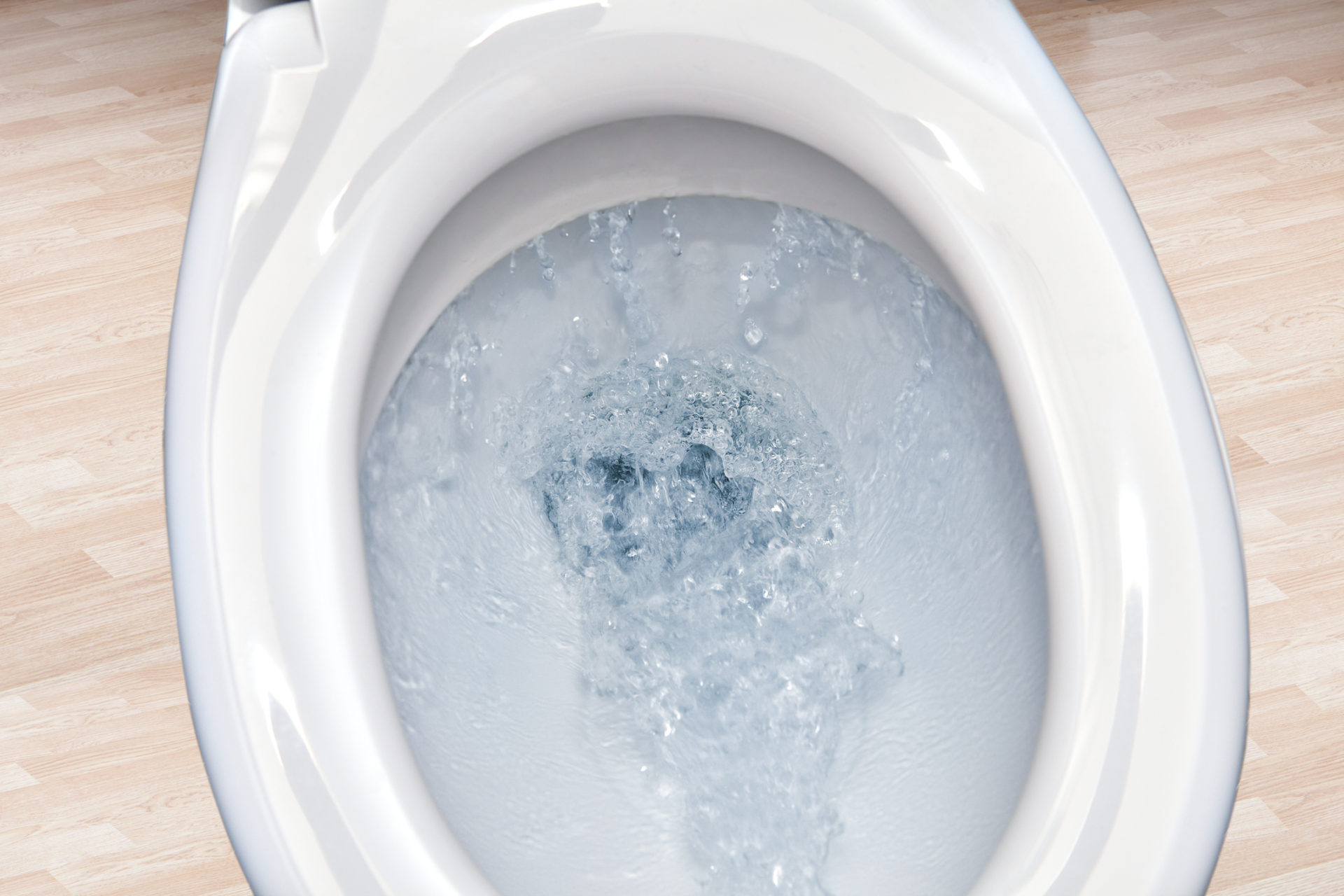

Bathroom Accessories
Toilet Bowl Filling Up Too High When Flushing
Modified: October 19, 2024
Ensure proper water levels in your toilet bowl with our range of high-quality bathroom accessories. Say goodbye to overflowing toilets with our effective solutions.
(Many of the links in this article redirect to a specific reviewed product. Your purchase of these products through affiliate links helps to generate commission for Storables.com, at no extra cost. Learn more)
Common Causes of Toilet Bowl Filling Up Too High
When you flush your toilet and notice that the water level in the bowl is rising higher than it should, it can be a cause for concern. Several factors can contribute to this issue, and understanding the common causes can help you identify and address the problem effectively.
Here are some common reasons why your toilet bowl may be filling up too high when flushing:
-
Clogged Drain: One of the most frequent culprits behind a high water level in the toilet bowl is a clogged drain. When foreign objects, excessive toilet paper, or non-flushable items obstruct the drain, it can lead to improper water flow and cause the bowl to fill up excessively during flushing.
-
Faulty Flapper Valve: The flapper valve is responsible for controlling the release of water from the tank into the bowl during the flushing process. If the flapper is damaged, misaligned, or worn out, it may not close properly after flushing, leading to an overflow of water into the bowl.
-
Water Level Adjustment: In some cases, the water level in the toilet tank may be set too high, causing an overflow of water into the bowl during flushing. This can occur due to incorrect settings or a faulty fill valve, leading to an imbalance in the water distribution between the tank and the bowl.
-
Blocked Vent Pipe: The vent pipe plays a crucial role in maintaining proper air pressure in the plumbing system. If the vent pipe becomes obstructed by debris, leaves, or animal nests, it can disrupt the flushing process and cause the toilet bowl to fill up excessively.
-
Sewer Line Blockage: A blockage in the sewer line connected to your toilet can also result in the bowl filling up too high when flushing. This may occur due to tree root intrusion, sediment buildup, or foreign objects obstructing the sewer line, preventing proper drainage from the toilet.
Understanding these common causes can empower you to troubleshoot and address the issue effectively. In the following sections, we will explore how to check for a clog in the toilet, adjust the water level in the toilet tank, use a plunger to resolve the issue, and know when it's time to seek assistance from a professional plumber.
Key Takeaways:
- Don’t panic if your toilet bowl fills up too high when flushing! It could be a clogged drain, faulty flapper valve, or water level adjustment issue. Try DIY fixes like plunging, but call a plumber if problems persist.
- Keep an eye out for persistent clogs, faulty internal components, sewer line blockages, water leaks, and complex plumbing modifications. When in doubt, it’s best to call a professional plumber to ensure your toilet functions properly.
Read more: Toilet Bowl Fills With Water When Flushed
How to Check for a Clog in the Toilet
Checking for a clog in the toilet is a crucial step in troubleshooting the issue of the toilet bowl filling up too high when flushing. A clog in the drain or the toilet trap can disrupt the normal flow of water and lead to an overflow in the bowl. Here's a step-by-step guide to help you effectively check for a clog in the toilet:
-
Observe the Water Level: Before taking any action, flush the toilet and observe the water level in the bowl. If the water rises significantly higher than usual or shows signs of slow drainage, it indicates a potential clog.
-
Inspect the Toilet Bowl: Put on a pair of rubber gloves and visually inspect the inside of the toilet bowl. Look for any visible signs of a clog, such as excessive toilet paper, foreign objects, or other debris that may be obstructing the drain.
-
Use a Plunger: If the water level remains high after flushing, use a plunger to attempt to dislodge the clog. Ensure that the plunger forms a tight seal around the drain opening and use a vigorous pumping motion to create pressure and dislodge the obstruction.
-
Check the Water Flow: If plunging does not resolve the issue, turn off the water supply to the toilet and remove the tank lid. Flush the toilet and observe the water flow from the tank into the bowl. If the water flows freely, the clog may be located further down the drain.
-
Inspect the Drain Opening: If the water does not drain properly, use a flashlight to inspect the drain opening at the bottom of the toilet bowl. Look for any visible obstructions or buildup that may be causing the clog.
-
Use a Toilet Auger: If the clog is not visible from the drain opening, use a toilet auger to reach deeper into the drain and dislodge the obstruction. Carefully insert the auger into the drain and rotate the handle to maneuver the auger through the trap and break up the clog.
-
Test the Drainage: After using the plunger or toilet auger, flush the toilet again to test the drainage. If the water level in the bowl returns to normal and drains without any signs of obstruction, the clog has likely been successfully cleared.
By following these steps, you can effectively check for a clog in the toilet and take appropriate measures to address the issue. If the problem persists despite your efforts, it may be necessary to explore other potential causes or seek professional assistance to resolve the issue comprehensively.
Steps to Adjust the Water Level in the Toilet Tank
Adjusting the water level in the toilet tank is a fundamental yet often overlooked aspect of maintaining proper toilet function. An incorrect water level can lead to issues such as a high water level in the toilet bowl when flushing, inefficient flushing, or water wastage. Fortunately, adjusting the water level is a relatively simple task that can be performed without extensive plumbing knowledge. Here are the steps to adjust the water level in the toilet tank:
-
Locate the Water Supply Valve: Begin by locating the water supply valve, typically located behind the toilet near the floor. Turn the valve clockwise to shut off the water supply to the toilet. This will prevent water from refilling the tank during the adjustment process.
-
Remove the Tank Lid: Carefully lift the tank lid off the toilet tank and set it aside in a safe place. Be mindful of the fragile nature of the lid to avoid accidental breakage.
-
Identify the Fill Line: Inside the toilet tank, there is a marked fill line indicating the optimal water level. This line is usually located on the inner surface of the tank. It is essential to adjust the water level to align with this fill line to ensure proper flushing and water conservation.
-
Adjust the Fill Valve: The fill valve, also known as the ballcock or float valve, is responsible for regulating the water level in the tank. Depending on the type of fill valve installed in your toilet, there are different adjustment mechanisms. For a traditional ballcock fill valve, you can adjust the water level by turning the screw or knob located on top of the fill valve. For newer fill valves, there may be a height-adjustable float that can be modified to achieve the desired water level.
-
Test the Water Level: With the fill valve adjustment made, turn the water supply valve counterclockwise to allow water to refill the tank. Observe the water level as the tank refills. Ideally, the water level should reach the marked fill line before the fill valve shuts off the water flow.
-
Fine-Tune the Adjustment: If the water level is below the fill line, carefully readjust the fill valve to increase the water level. Conversely, if the water level surpasses the fill line, reduce the water level by adjusting the fill valve accordingly. Repeat this process until the water level consistently aligns with the fill line.
-
Replace the Tank Lid: Once the water level is appropriately adjusted, carefully place the tank lid back onto the toilet tank, ensuring it is positioned securely.
By following these steps, you can effectively adjust the water level in the toilet tank to promote efficient flushing, prevent water wastage, and mitigate issues such as a high water level in the toilet bowl when flushing. Regularly checking and adjusting the water level in the toilet tank is a proactive measure that contributes to the overall functionality and sustainability of your plumbing system.
Using a Plunger to Fix a Toilet Bowl Filling Up Too High
When faced with the frustrating issue of a toilet bowl filling up too high when flushing, using a plunger can often be an effective and immediate solution. A plunger, a simple yet essential plumbing tool, is designed to create pressure and dislodge clogs within the toilet drain, restoring normal water flow and preventing excessive water accumulation in the bowl. Here's a detailed guide on how to effectively use a plunger to address the problem of a high water level in the toilet bowl:
-
Select the Right Plunger: There are two primary types of plungers commonly used for toilet clogs: the cup plunger and the flange plunger. The cup plunger, recognizable by its simple rubber cup, is suitable for use on flat surfaces such as sinks and bathtubs. The flange plunger, distinguished by an additional rubber flap, is specifically designed for toilets, creating a better seal and providing more effective suction. When addressing a toilet bowl filling up too high, it is crucial to use a flange plunger for optimal results.
-
Create a Tight Seal: Position the flange of the plunger over the drain opening at the bottom of the toilet bowl, ensuring a tight and secure seal. The plunger should be submerged in water to facilitate the creation of suction and pressure during the plunging process.
-
Apply Firm Pressure: With the plunger in place, apply firm and consistent pressure by pushing down and then pulling up in a rhythmic motion. This action creates suction and pressure within the drain, helping to dislodge the clog and restore proper water flow. It is essential to maintain a tight seal between the plunger and the drain opening throughout the plunging process to maximize effectiveness.
-
Repeat the Plunging Process: Continue the plunging motion for several repetitions, aiming to create enough force to dislodge the obstruction causing the high water level in the toilet bowl. Be persistent and patient, as it may take multiple attempts to effectively clear the clog and restore normal water drainage.
-
Observe the Water Level: After plunging, flush the toilet to observe the water level in the bowl. If the water drains properly and the level returns to normal, the plunging process has likely resolved the issue. However, if the water level remains high or shows signs of slow drainage, it may be necessary to repeat the plunging process or explore alternative solutions.
Using a plunger to fix a toilet bowl filling up too high is a practical and accessible method that can often alleviate the immediate concern of water overflow. However, if the problem persists despite plunging efforts, it may indicate a more complex issue such as a deep-seated clog or a malfunctioning component within the toilet's internal mechanisms. In such cases, seeking professional plumbing assistance may be necessary to comprehensively address the underlying cause and ensure long-term resolution of the issue.
When to Call a Professional Plumber
While many common toilet issues can be effectively addressed through DIY methods, there are specific scenarios in which seeking the expertise of a professional plumber becomes essential. Recognizing the signs that warrant professional intervention can prevent potential complications and ensure the comprehensive resolution of complex plumbing issues related to a toilet bowl filling up too high when flushing.
Persistent Clogging
If persistent clogging is a recurring issue despite attempts to clear the drain using a plunger or auger, it indicates a deeper underlying problem within the plumbing system. Professional plumbers have the expertise and specialized equipment to diagnose and address complex clogs that may be located deep within the drain or sewer line. Their advanced techniques, such as hydro-jetting or camera inspection, can effectively identify and resolve stubborn clogs that contribute to the high water level in the toilet bowl.
Faulty Internal Components
When issues such as a malfunctioning flapper valve, damaged fill valve, or faulty flush mechanism are suspected as the cause of the high water level in the toilet bowl, it is advisable to enlist the services of a professional plumber. These internal components play a critical role in the proper functioning of the toilet, and their intricate nature may require professional expertise to diagnose and rectify. A skilled plumber can accurately assess the condition of these components, perform repairs or replacements as necessary, and ensure the optimal operation of the toilet.
Sewer Line Blockage
A high water level in the toilet bowl can sometimes indicate a more extensive problem related to a blockage in the sewer line. Tree root intrusion, sediment buildup, or foreign objects obstructing the sewer line can impede proper drainage from the toilet, leading to persistent issues with water accumulation. Professional plumbers possess the knowledge and equipment to conduct thorough sewer line inspections, identify blockages, and implement effective solutions to restore the normal function of the plumbing system.
Water Leak Detection
In cases where the high water level in the toilet bowl is accompanied by signs of water leakage around the base of the toilet or within the surrounding area, it is crucial to engage the services of a professional plumber promptly. Water leaks can indicate damaged seals, cracked pipes, or compromised connections, posing the risk of water damage and mold growth. Professional plumbers are equipped to perform comprehensive leak detection, address underlying plumbing issues, and prevent potential structural damage and health hazards associated with water leaks.
Read more: Toilet Bowl Doesn’t Empty When Flushed
Complex Plumbing Modifications
When considering modifications such as relocating the toilet, upgrading plumbing fixtures, or addressing underlying structural issues that impact the toilet's function, consulting a professional plumber is imperative. These modifications require expertise in plumbing system design, code compliance, and structural considerations. Professional plumbers can provide valuable insights, execute complex plumbing modifications safely and efficiently, and ensure the seamless integration of the toilet within the broader plumbing infrastructure.
In summary, recognizing the limitations of DIY approaches and identifying the aforementioned scenarios can guide homeowners in making informed decisions regarding the involvement of professional plumbers. By leveraging the expertise of skilled professionals, individuals can address complex plumbing challenges, safeguard the integrity of their plumbing systems, and maintain the optimal functionality of their toilets.
Frequently Asked Questions about Toilet Bowl Filling Up Too High When Flushing
Was this page helpful?
At Storables.com, we guarantee accurate and reliable information. Our content, validated by Expert Board Contributors, is crafted following stringent Editorial Policies. We're committed to providing you with well-researched, expert-backed insights for all your informational needs.
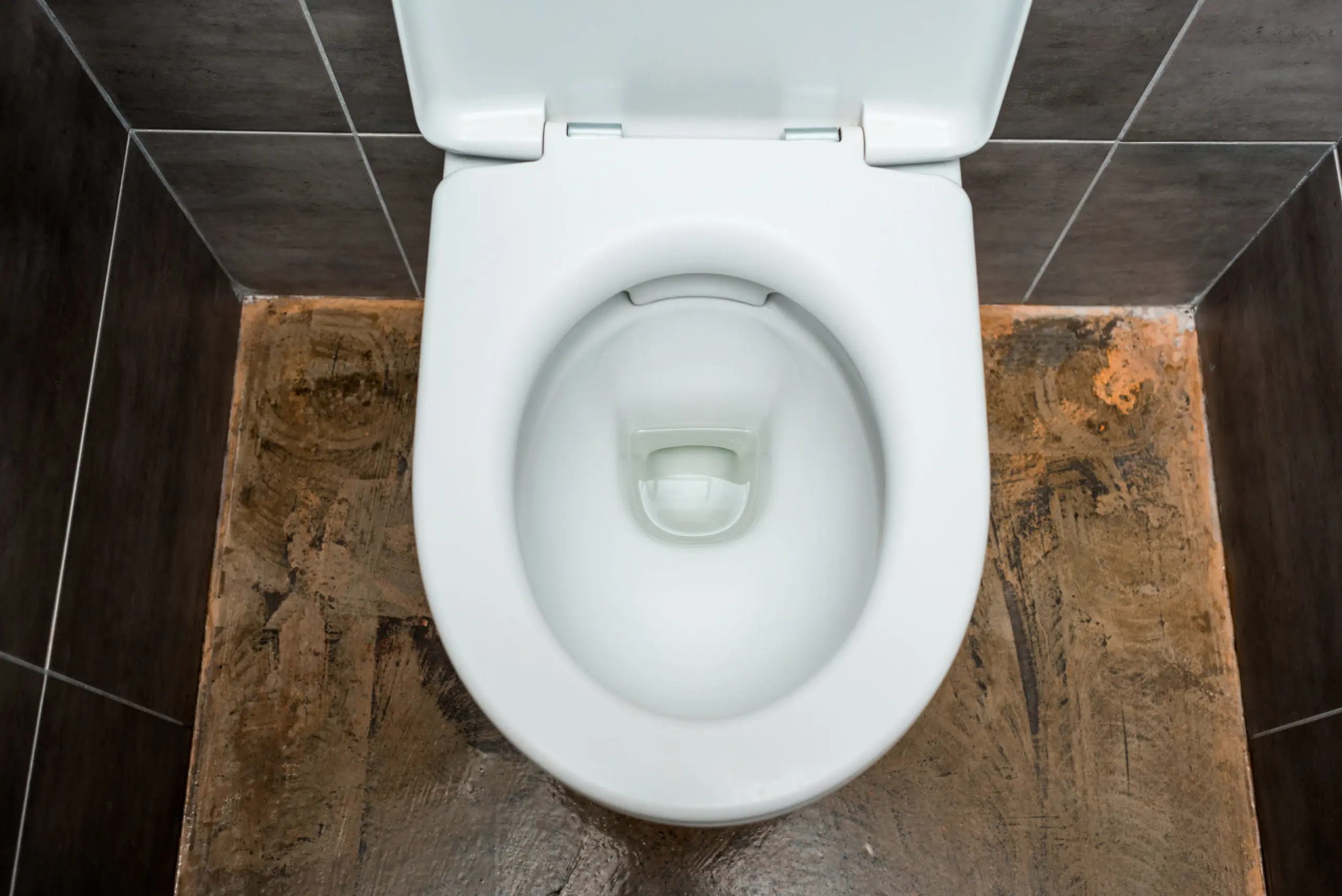

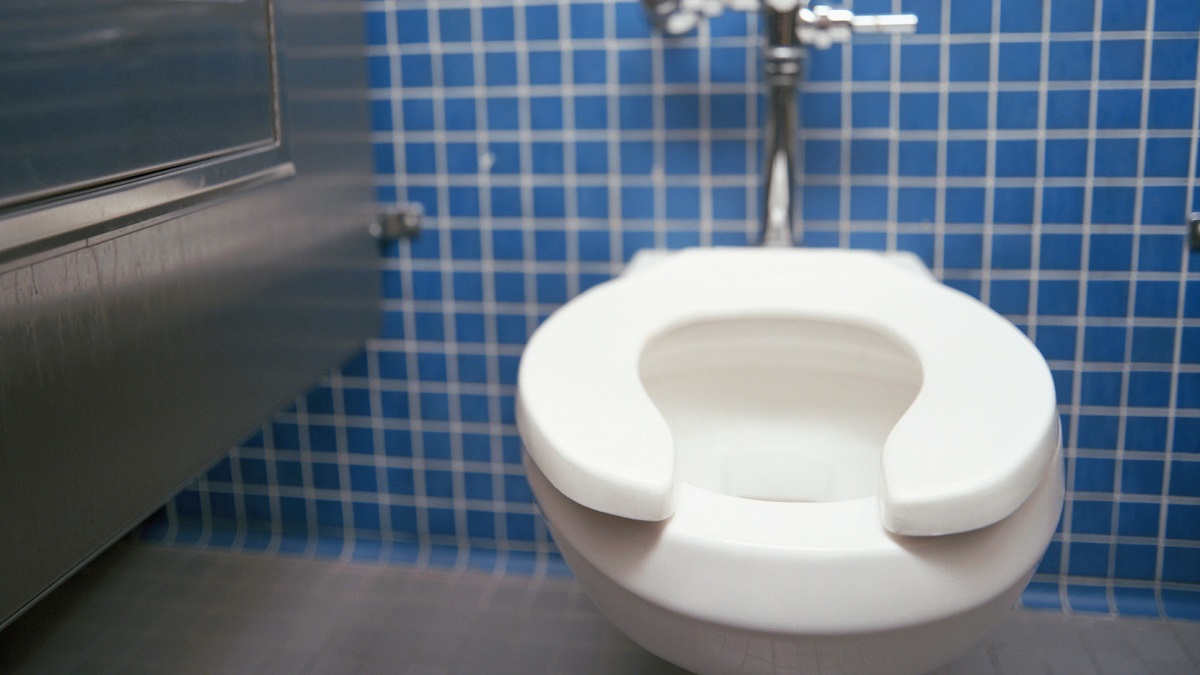
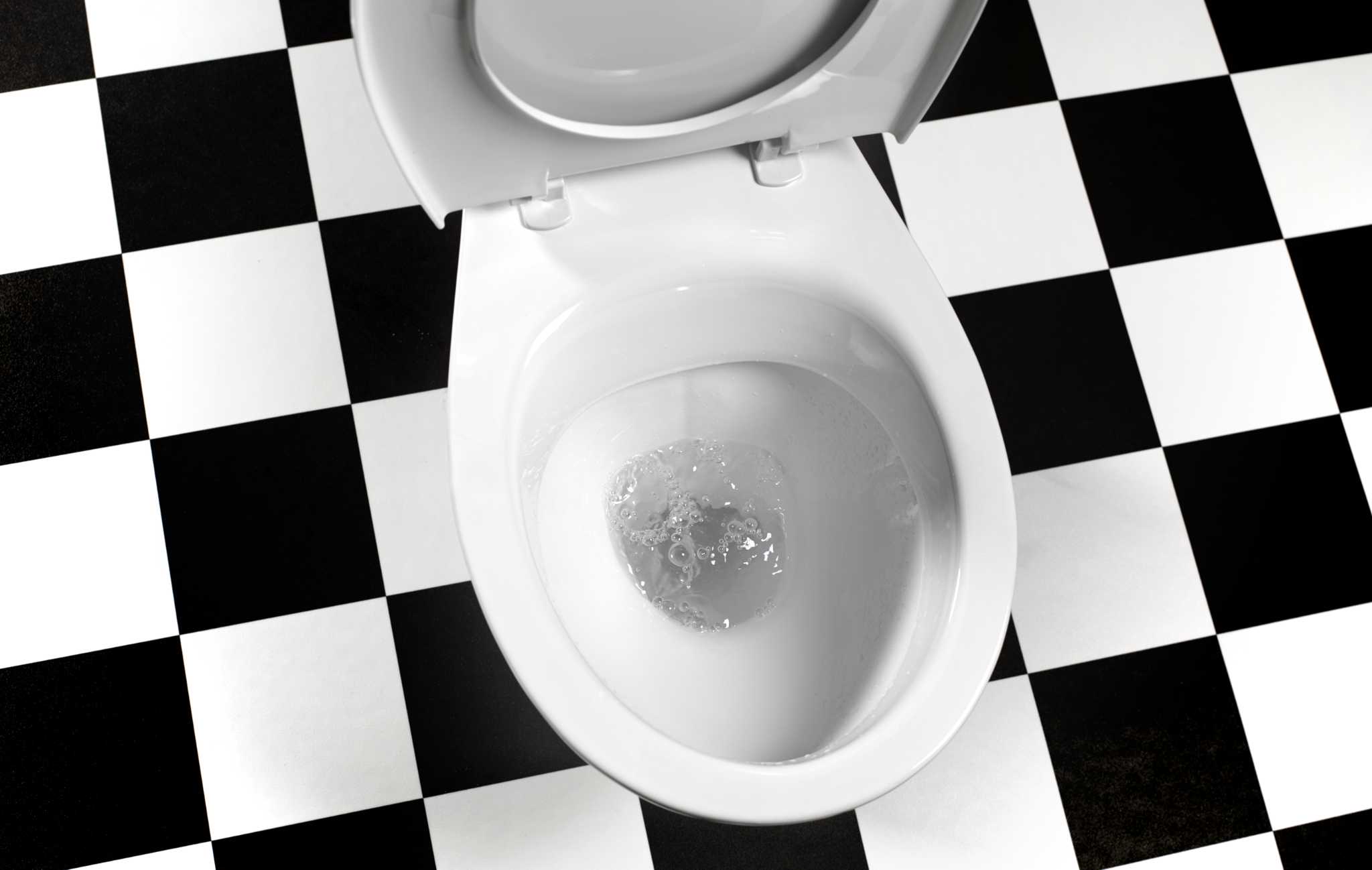
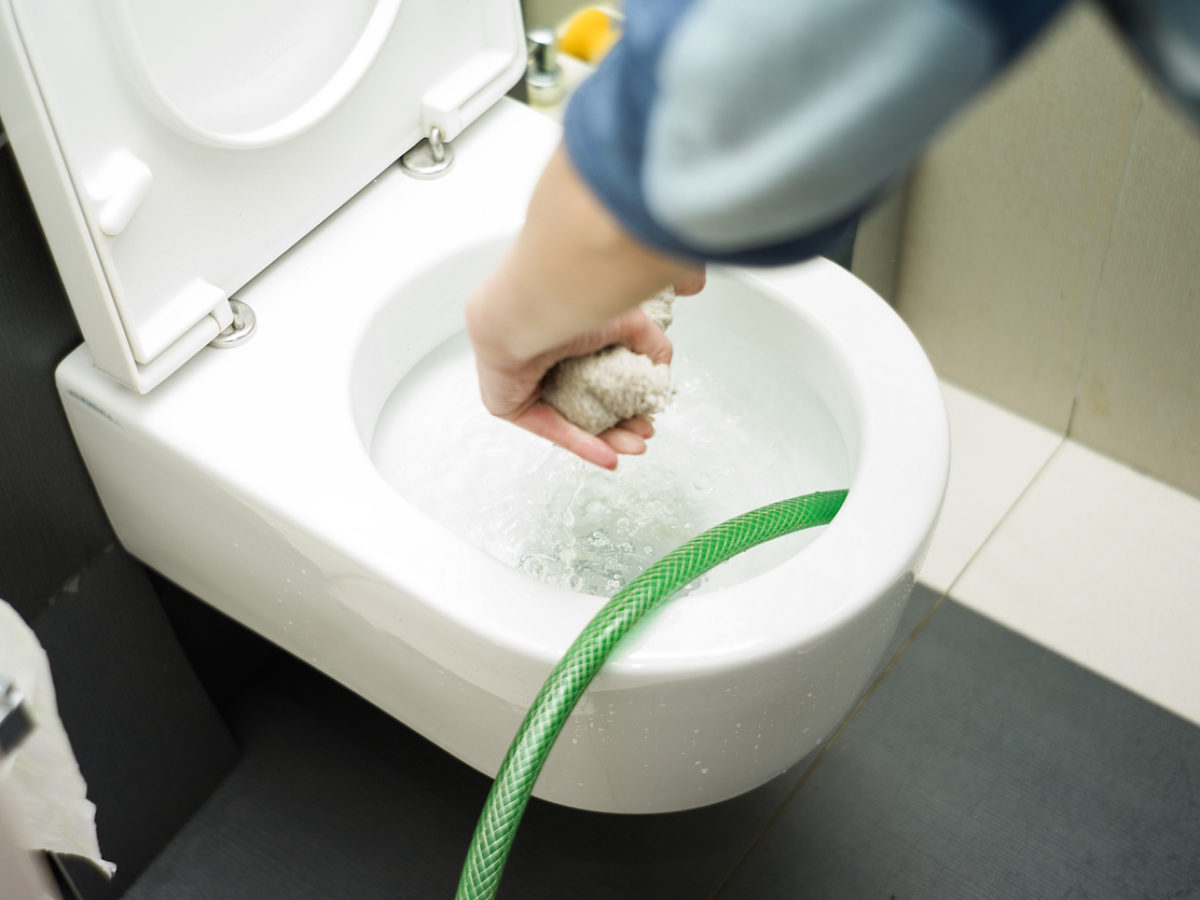
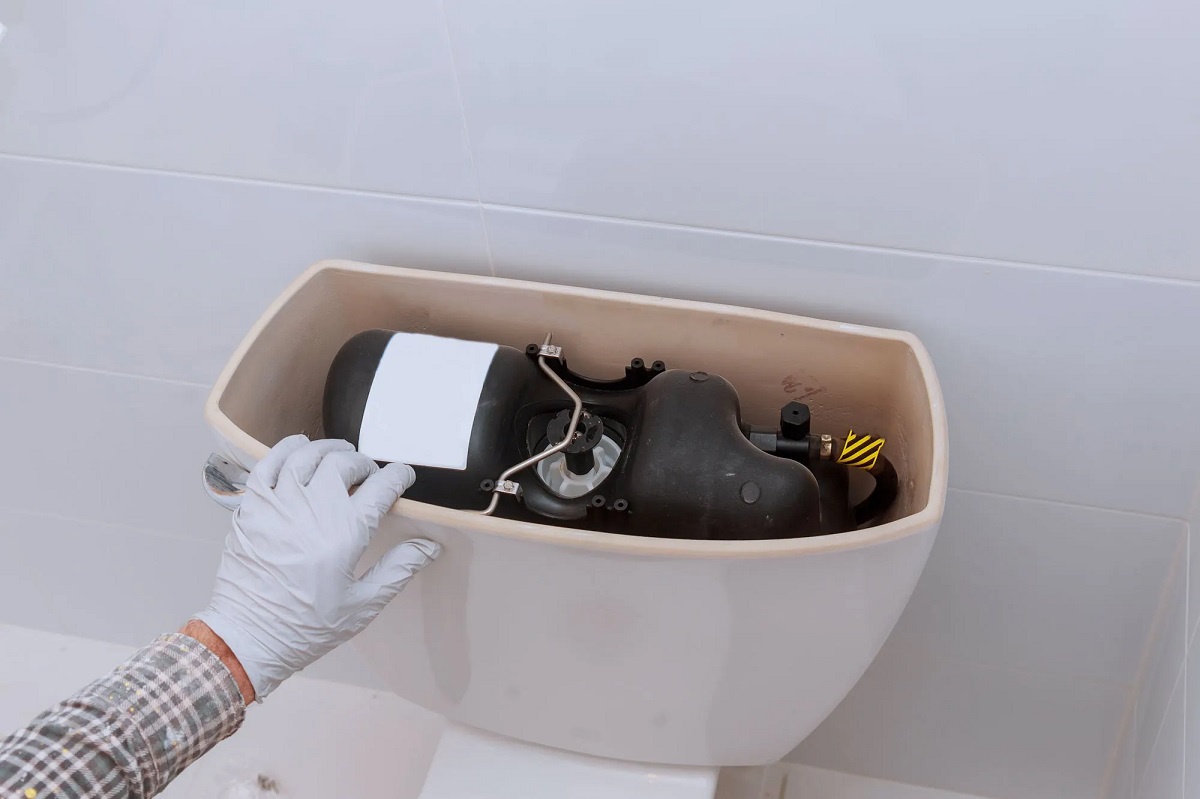
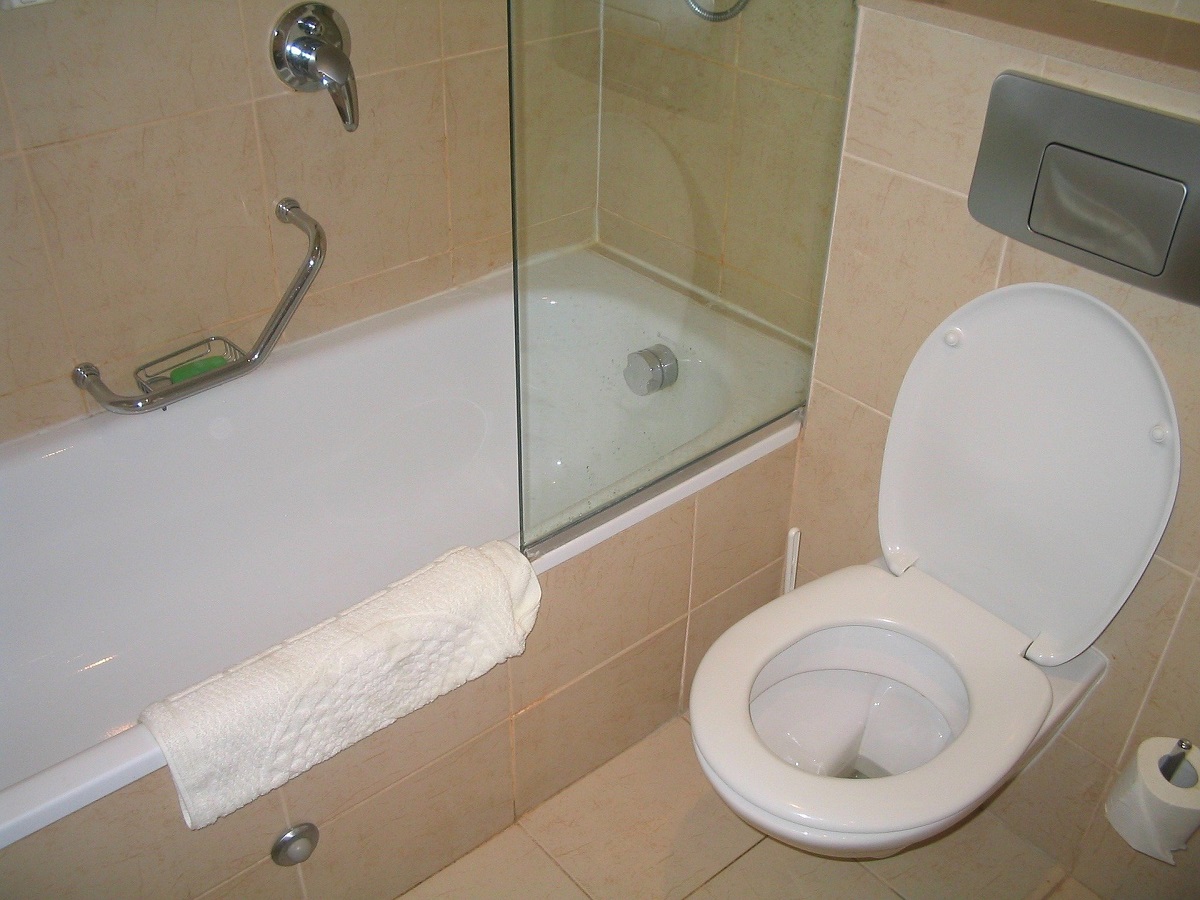
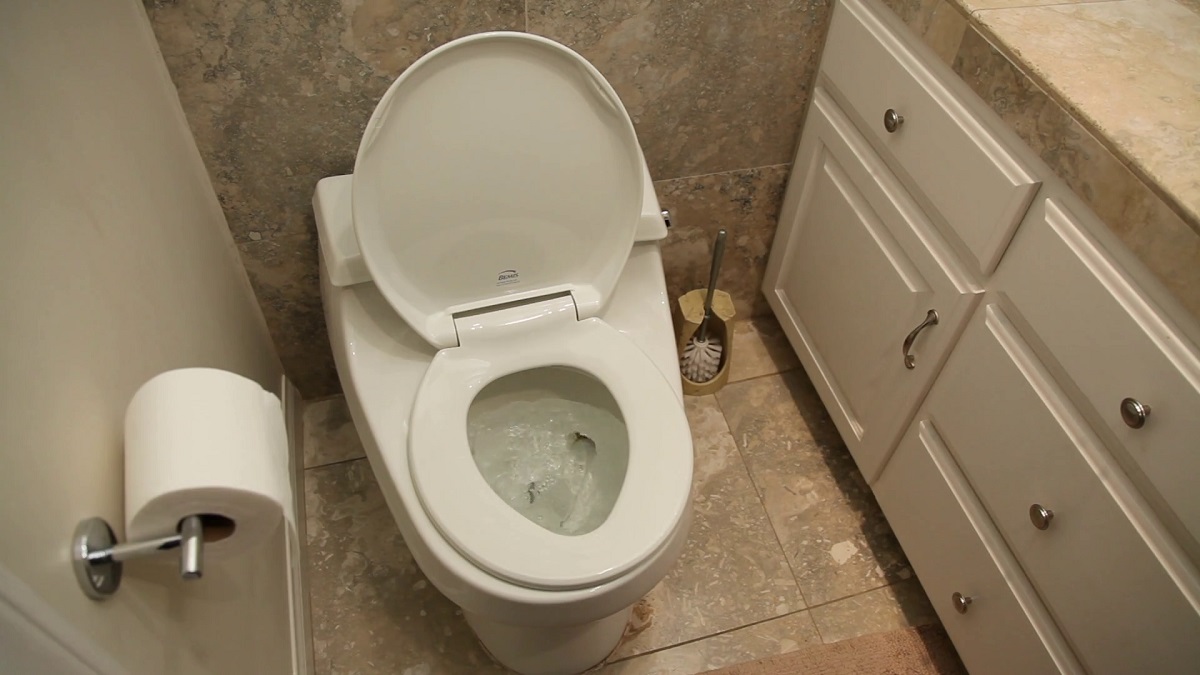

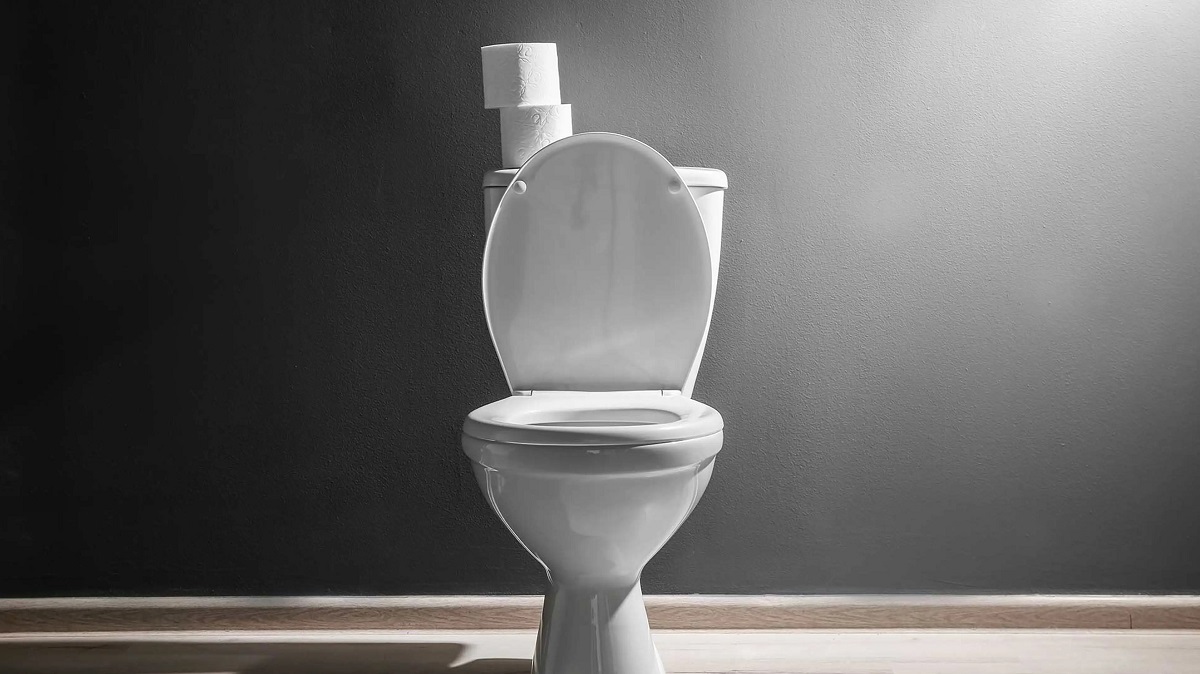
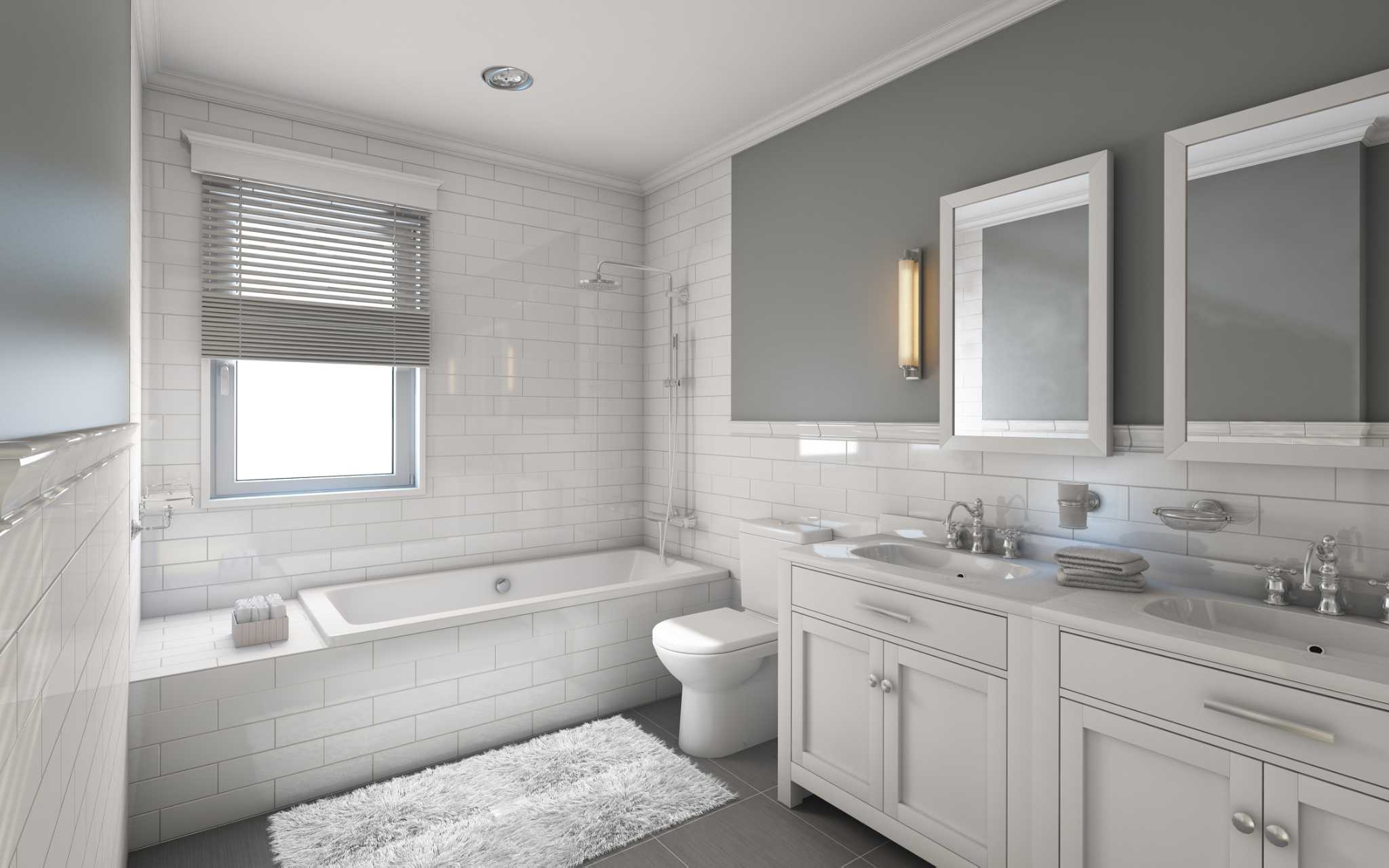
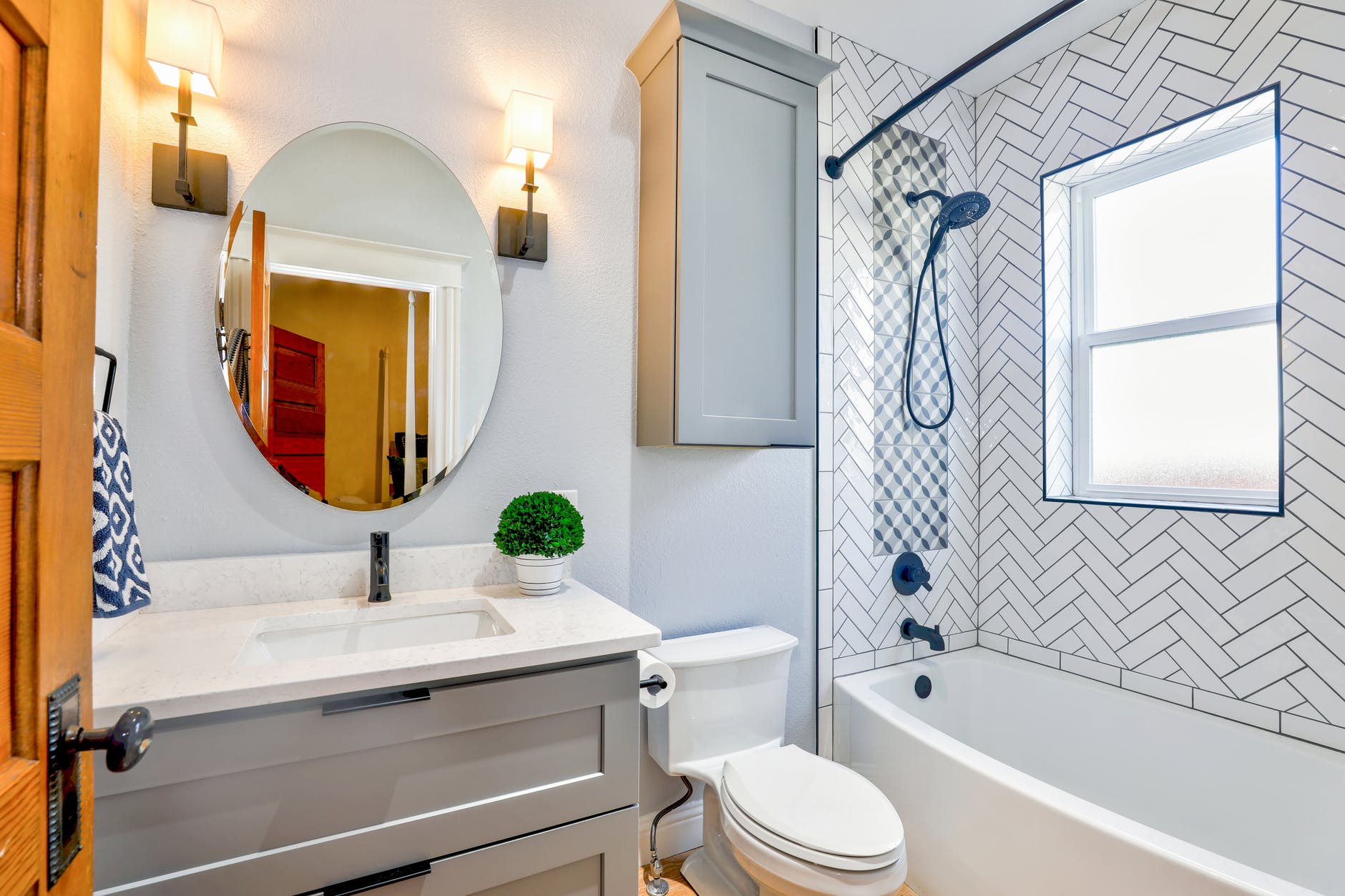
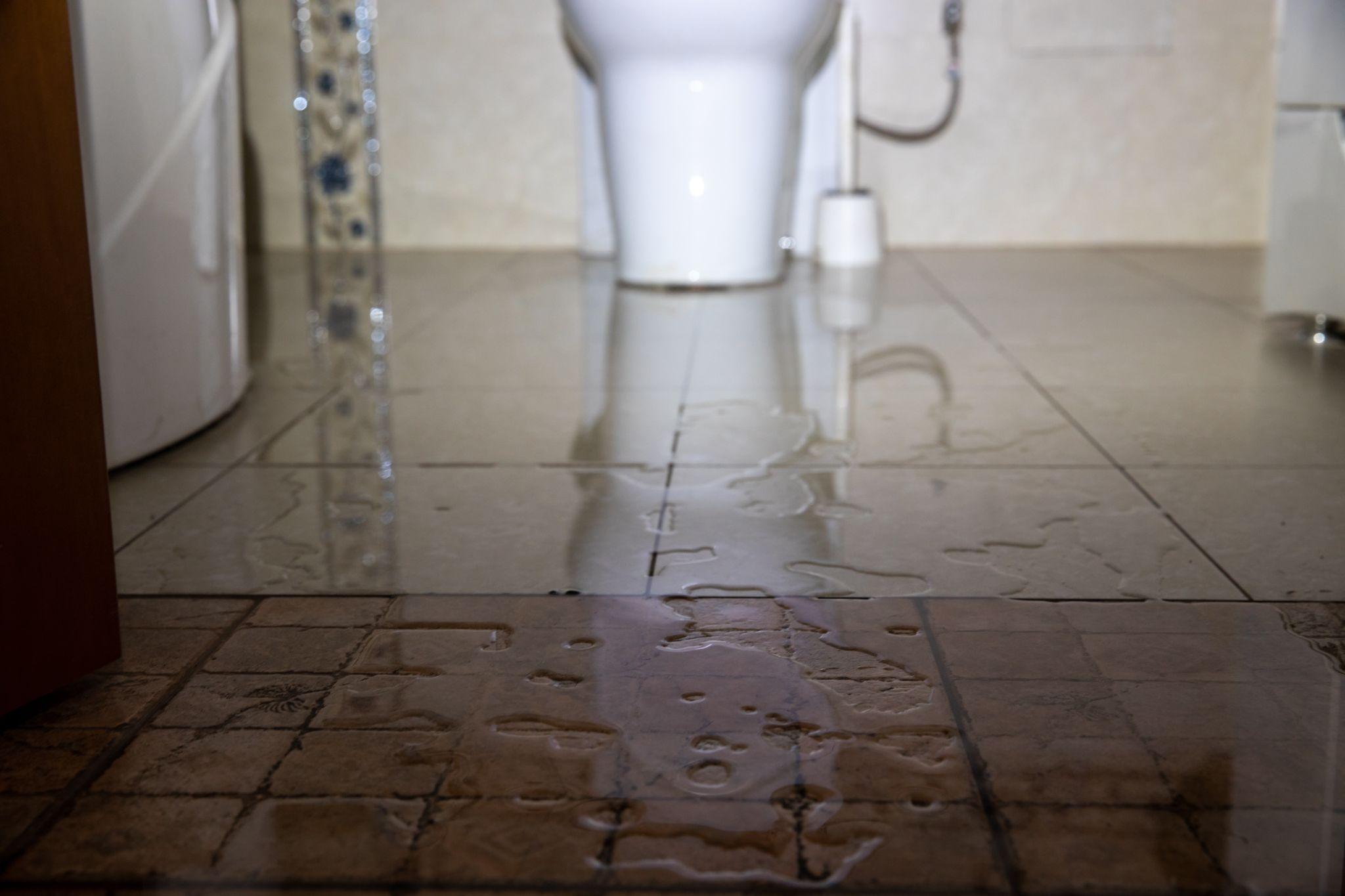

0 thoughts on “Toilet Bowl Filling Up Too High When Flushing”